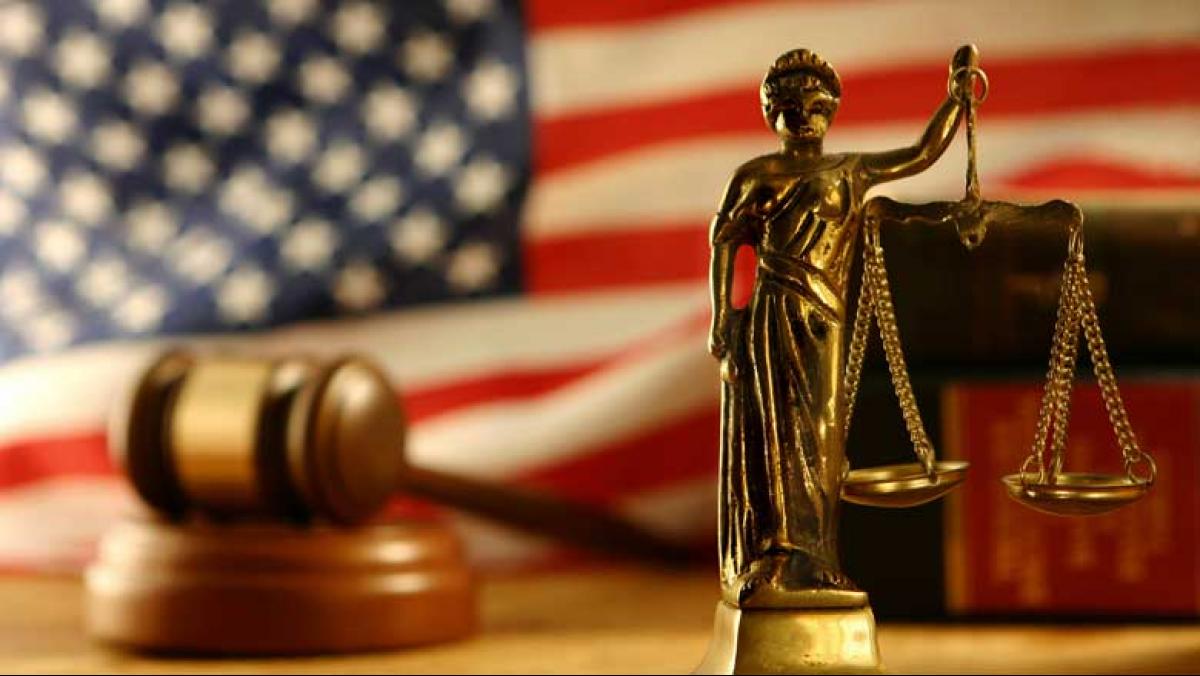
The Legal Framework: A Mosaic of Laws and Precedents
Within the intricate tapestry of the justice system lies a complex amalgamation of statutes, regulations, and legal precedents. This multifaceted framework serves as the backbone, dictating the principles that underpin the administration of justice.
From the Latin term “stare decisis,” meaning “to stand by things decided,” emerges the doctrine of precedent, where prior legal decisions become authoritative for future cases, adding a layer of depth to the legal landscape.
The Judiciary: Sentinel of Justice
The judiciary, often referred to as the “quintessential tripartite system,” stands as the impartial arbiter in the pursuit of justice. Judges, with their robes symbolizing objectivity, meticulously weigh evidence and interpret the law to ensure a fair and just resolution.
Adorned with terms like “judicial discretion,” judges possess the authority to make decisions based on their interpretation of the law, injecting a nuanced element into the justice system’s proceedings.
Legal Proceedings: A Ballet of Advocacy
The courtroom, where legal narratives unfold, becomes the stage for skilled advocates who engage in the art of “forensic rhetoric.” This eloquent persuasion, grounded in legal principles, shapes the trajectory of legal battles, determining the fate of litigants.
The Enigmatic Jury: Fact-Finders Extraordinaire
Embracing the concept of “voir dire,” the process of jury selection, the justice system entrusts a diverse group of individuals with the responsibility of fact-finding. The jury, a mosaic of perspectives, contributes to the equitable administration of justice.
Delving into the realm of “deliberative democracy,” juries exemplify a microcosm of societal values as they deliberate and render verdicts.
Legal Precedents: The Footprints of Justice
Legal scholars often explore the vast terrain of “stare decisis” to discern patterns and principles that guide judicial decisions. This intricate interplay between past and present cases creates a jurisprudential continuum, shaping the evolution of legal thought.
Law Enforcement: Guardians of Legal Order
The “penumbra of law enforcement,” comprising police, investigators, and other agencies, operates in the shadows of legality to maintain order. Their actions, guided by legal mandates, play a pivotal role in upholding the integrity of the justice system.
Terms like “probable cause” and “exigent circumstances” pepper the lexicon of law enforcement, defining the parameters within which they operate.
Alternative Dispute Resolution: Beyond Courtroom Drama
Departing from traditional litigation, “alternative dispute resolution (ADR)” methods offer litigants pathways to resolve conflicts outside the courtroom. Mediation and arbitration, nestled within the folds of ADR, present innovative approaches to justice that eschew the adversarial nature of traditional legal proceedings.
The Technological Frontier: Justice in the Digital Age
In the era of “legaltech,” technology transforms the justice system. Terms like “e-discovery” and “blockchain evidence” echo through courtrooms, reshaping the landscape of evidence presentation and legal discovery.
Conclusion
The justice system, a labyrinth of legal principles and procedural intricacies, remains a cornerstone of societal order. As we navigate its complexities, from courtroom rhetoric to the evolving role of technology, a deeper understanding of the terms that define its operation enriches our comprehension of the pursuit of justice.